Review | Wars of Succession
Once again, developer AGEod has created an excellent wargame for a time period that most other companies do not cover. This occasion brings their Wars of Succession. Set during the early 1700s, Wars of Succession includes five different historically-based campaigns:
- The Grand Campaign of 1700: The Great Northern War in the East
This is the Anti-Swedish Coalition versus the Swedish Empire. (192 Turns)
- An Italian Scenario 1701-1702
This is a small campaign about Austria inciting French engagement by invading Milan, while also being the true start of the Spanish Succession War. (19 Turns)
- The Grand Campaign of 1701: War of the Spanish Succession
If Spain and France united (the Bourbons), they would have become an unstoppable power in Europe. This threat resulted in the very first ‘global war’ — and the basis of this campaign — due to the other European powers trying to keep this from happening. (175 Turns)
- Spanish Succession 1706
This is a smaller segment of the Spanish Succession War — The Grand Alliance versus the Bourbons. Most of its battles are fought in the Low Countries. (94 Turns)
- Spanish Succession 1709
Another smaller piece of the Spanish Succession War. Generally, the battles are fought on the French northern border. (57 Turns)
Wars of Succession uses a WEGO system (a turn-based style of gameplay where orders are given for both sides, then executed simultaneously) in which one turn equals one month. Primarily combat-based, there are also very important aspects of economy, diplomacy and politics at work. You must carefully consider all factors to help guide your strategies for victory— if you neglect any of these, defeat will surely befall you. You can’t raise an army without money. You can’t move an army without supplies.
The top bar provides all of the most pertinent statistics. In order, they are Victory Points, Money (thousands of pounds), Conscript Companies, War Supplies (in tons), Engagement Points and Anti-Bourbon Sentiment.
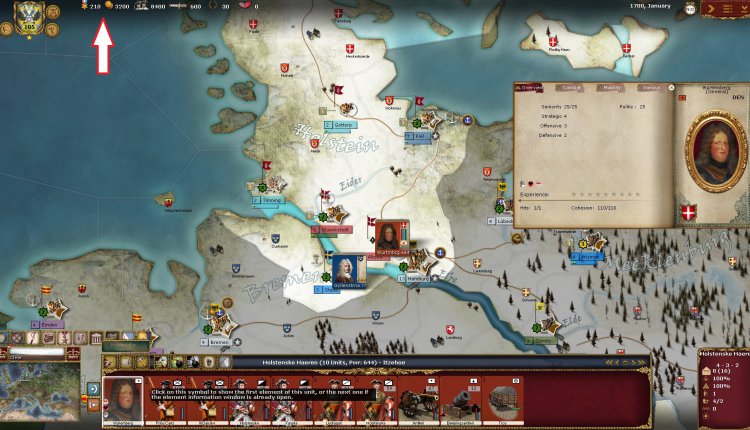
For this review, I jumped head-first into the two Grand Campaigns: The Great Northern War in the East and The War of the Spanish Succession.
First and foremost, one of the hallmarks of AGEod games is both the amount of information available and the ease of accessibility to all data provided. As I must know what troops are at my disposal for any wargame, the ‘hardest’ part for me (not really) was actually beginning the first turn (player mileage will clearly vary). The way I approach command is needing to know all my units’ stats — from the highest commander down to the supply wagons. Luckily, Wars of Succession makes this extremely easy to accomplish.
First, let’s look at the big picture — the overview, if you will. The easiest way to garner all this information is by using the F1 through F9 keys. You don’t have to memorize these, of course. At the top left of the screen, to the left of your nation’s capital shield, is a book icon that opens the Strategic Atlas, which contains the tabs corresponding to these keys. Obviously, different people will rely on different sheets/stats more than others. The keys I used the most told me about my units (F1), recruitment and production (F2) and objectives (F8). (A misprint in the manual lists F9 as ‘Objectives and Nations Comparisons’. F9 is actually ‘Scenario History’.)
Secondary to the above — but still with crucial information — are the number keys one through eight, which change filters on the map. My most-used filters gave pertinent information about supplies (2), objectives (3) and the weather (8) (terrain (7) is a close fourth-used). Again, you don’t have to memorize these key commands! Directly above the left crown of the mini-map, there is a small picture of a globe. When you click on that globe, it expands all these options to the right.
Vertically along the left side of the screen are some of the most important campaign leaders. When you click on their picture (or their name, if only a name is listed), the camera jumps to their location. Note: the most critical stats for leaders are their abilities, located right above their experience on their overview.
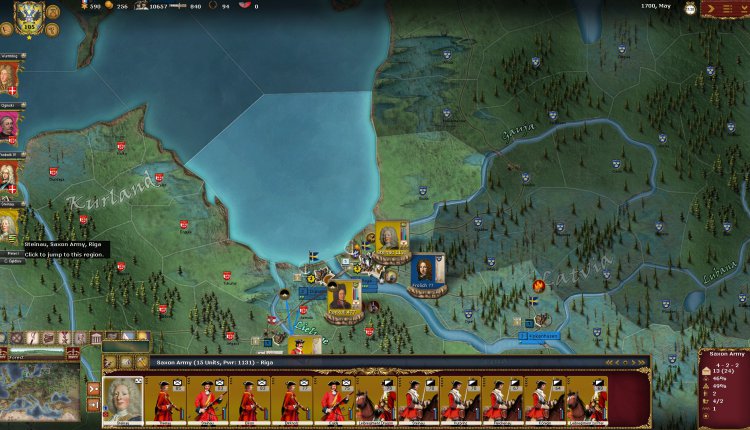
To the right of the commander are all of his unit’s elements (sub-units) which make up that particular stack. You can view as little or as much information as you are searching for.
The other major feature of AGEod games, obviously present in Wars of Succession as well, is the drag and drop system of handling most facets of movement and of stack/army formation. It’s as easy as grabbing hold of a stack or unit, then dropping it wherever you like. This is how you split or combine stacks.
For instance, to move a Fusilier regiment out of an army, I pulled him out, then I could choose to either put him into the same region so he stayed separated or drop him onto the region where I wanted him to go. If I did the latter, the area below his icon would show how many days it would take to travel there.
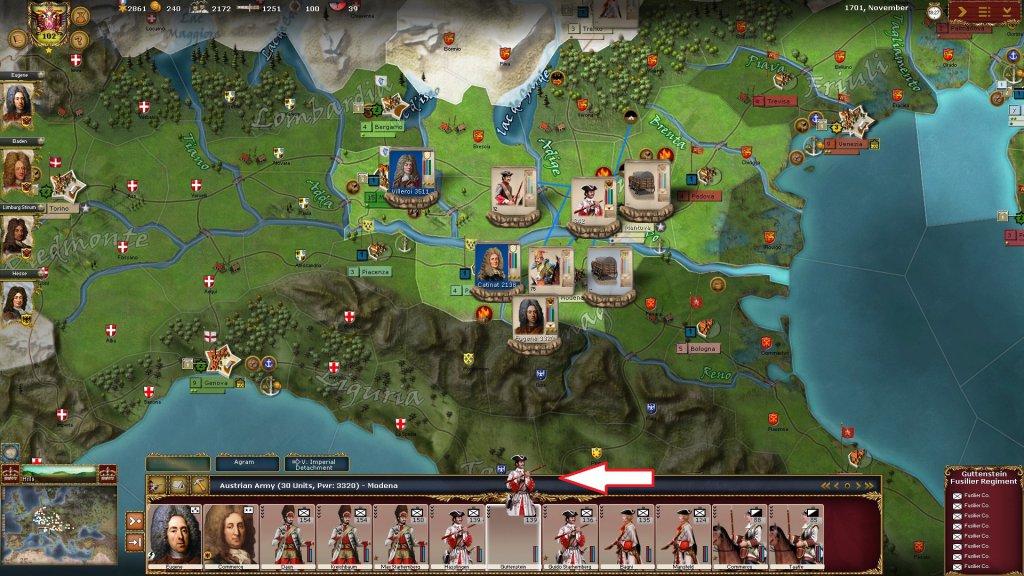
This is how to combine a Hussar squad into an army. Note: a little blue symbol shows that you’re combining them. Luckily, it flashes (plus, it’s a lot easier to see in-game).
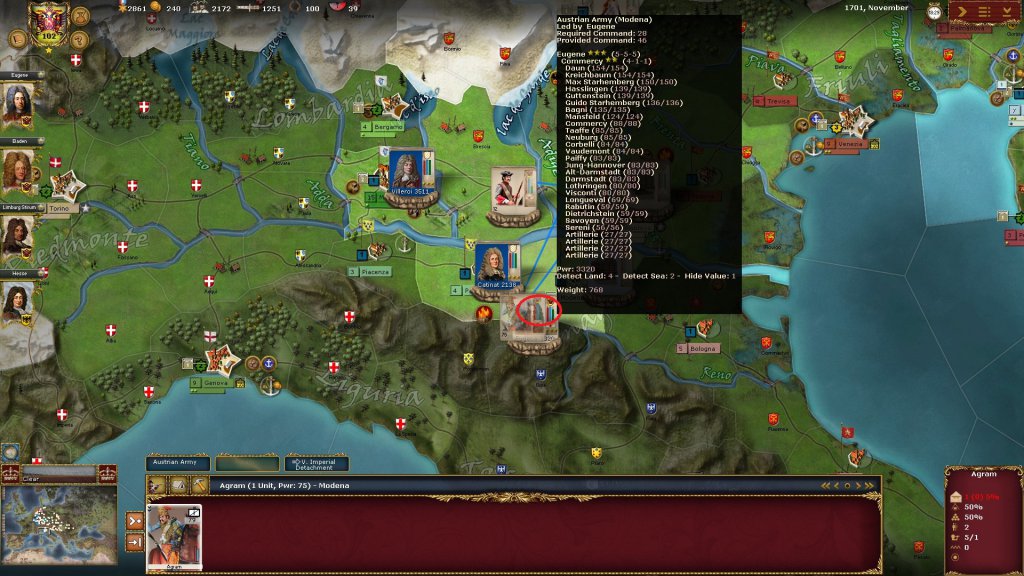
This is also how you move individual units or entire armies. Simply drag and drop them to the intended region.
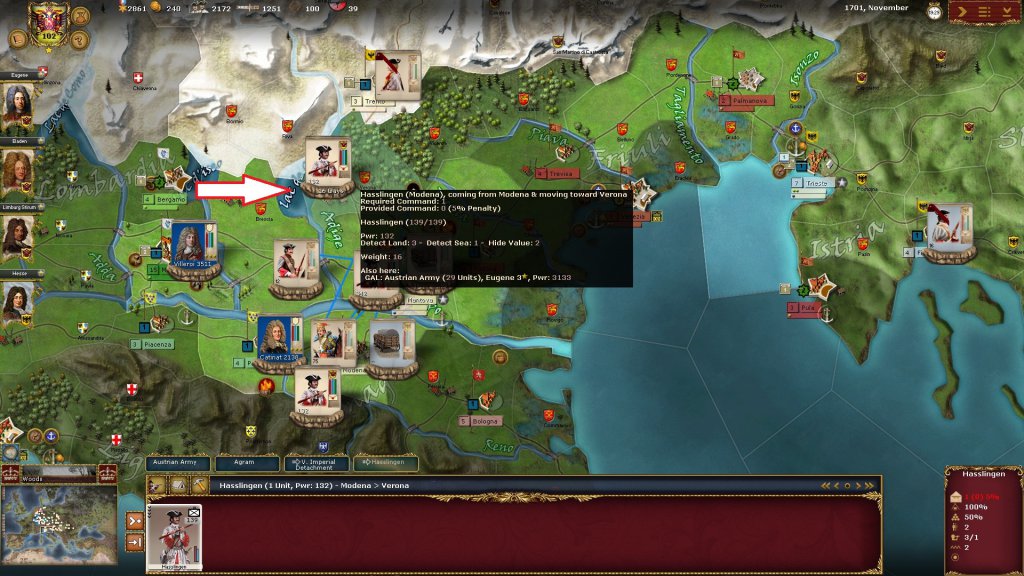
As in real life, an army in Wars of Succession can only move as fast as its slowest member. If I tried to move the entire army, from the same start location as the earlier fusiliers (Modena) to Verona, it would take twenty-four days instead. Although they’re taking the same route and are affected by the same terrain, this is due to the slower-moving artillery pieces in this stack. When you have a stack selected, you can use the move buttons at the top to cycle through elements — or you can roll the middle mouse wheel to see everything contained within that army.
Certain commanders and/or units are usually locked by design. Sometimes they are only locked for a certain number of turns, while other times they are permanently locked and cannot be moved — except when attacked. All locked units can perform actions after being attacked.
Unless you’re a way better commander than me (which is entirely possible and probably very likely), you will take losses. There are two basic ways to offset losses and/or build up your army in Wars of Succession. The first is the easiest: the computer handles your replacement troops for you, provided that you keep enough on hand. It does what it can with what it has to work with. I like to keep slowly feeding extra, especially if I’m on the offensive, just in case my ‘plans’ don’t go as well as I thought (in other words, I take heavier losses than expected). Additional replacements are found in the same place as recruits — which is again at the top left of the screen, by your nation’s capital shield, but this time to the upper right. It’s the infantry symbol above the question mark.
Once opened, it gives you a list of all available units to recruit. Once you select a unit, a green area on the map displays the region in which it can be placed. You can actually double-click on the unit and it moves the map to a possible placement area.
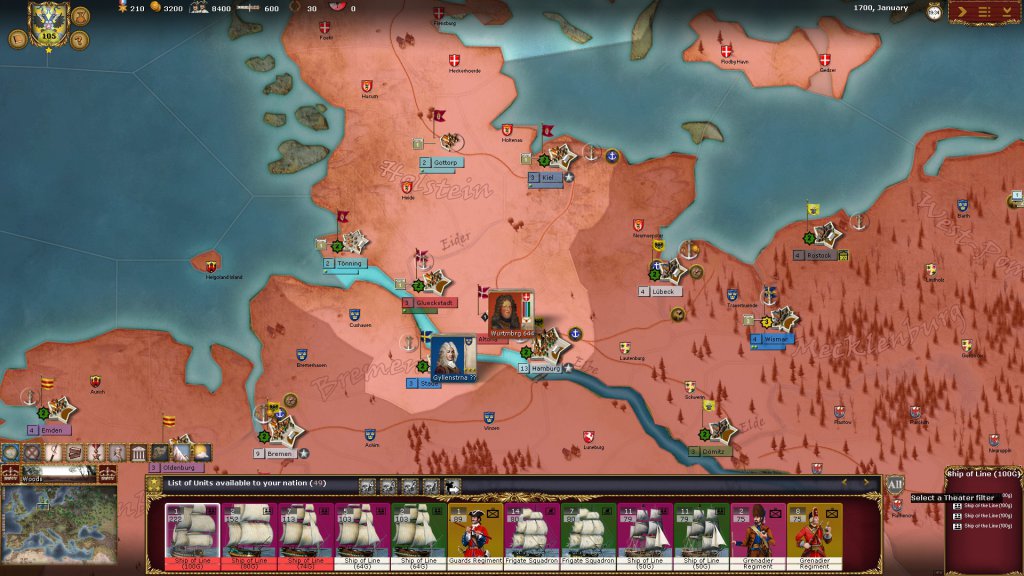
The beauty of recruitment, as with the rest of Wars of Succession, is that you can filter down to the exact kind of troop you want. The option on the right lets you narrow your choices by the theater the units are involved in.
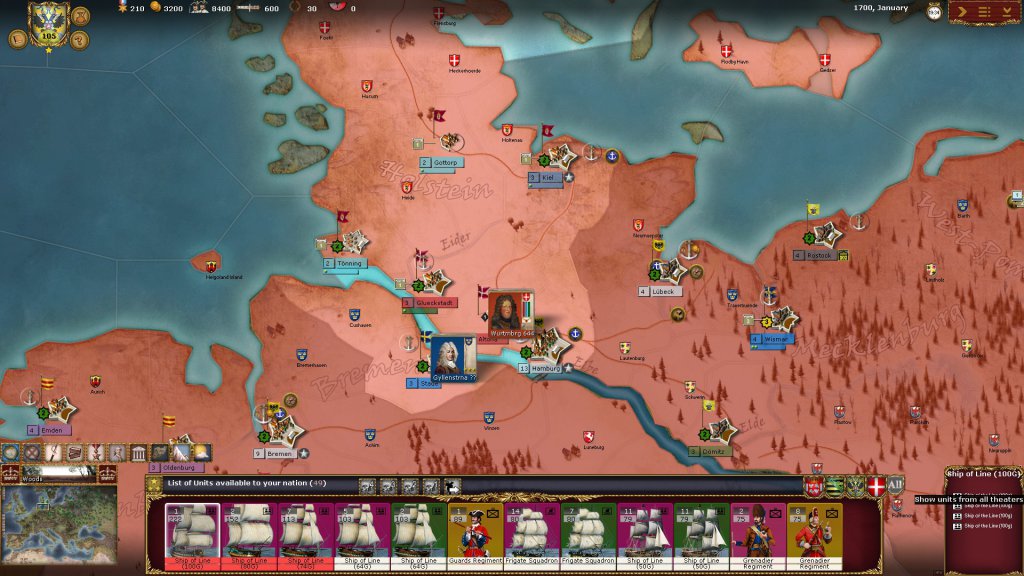
Then, you can pinpoint the focus even more by using the Nationality tool. Further classification is done using the unit-type buttons.
Of major significance is the fact that you don’t instantly get elements to put into your stacks. Each unit type has a certain amount of time before they become available on the map to use (even Supply Wagons take sixty days, which is two turns).
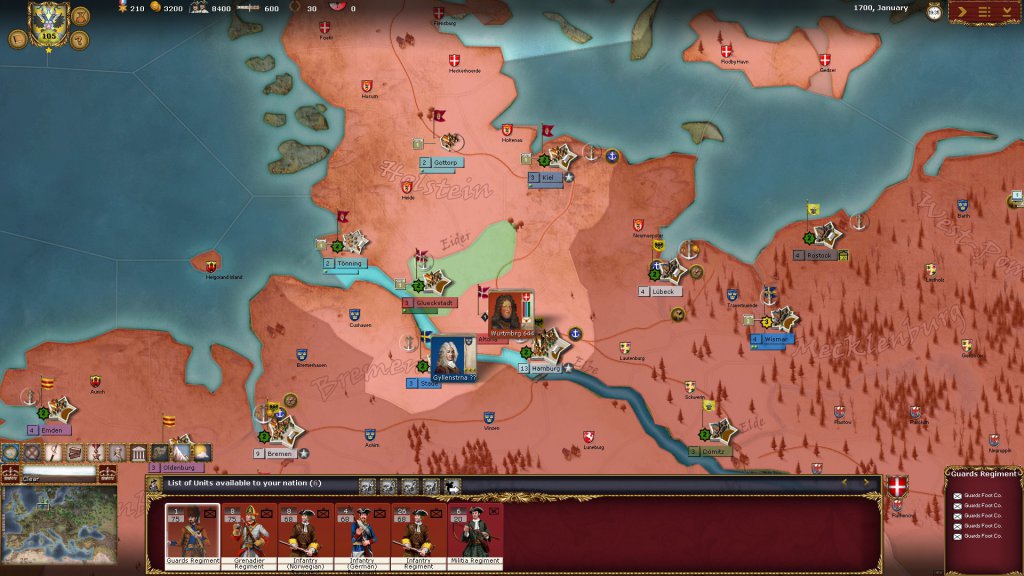
This screen shows every troop currently being ‘built’ (requisitioned) …
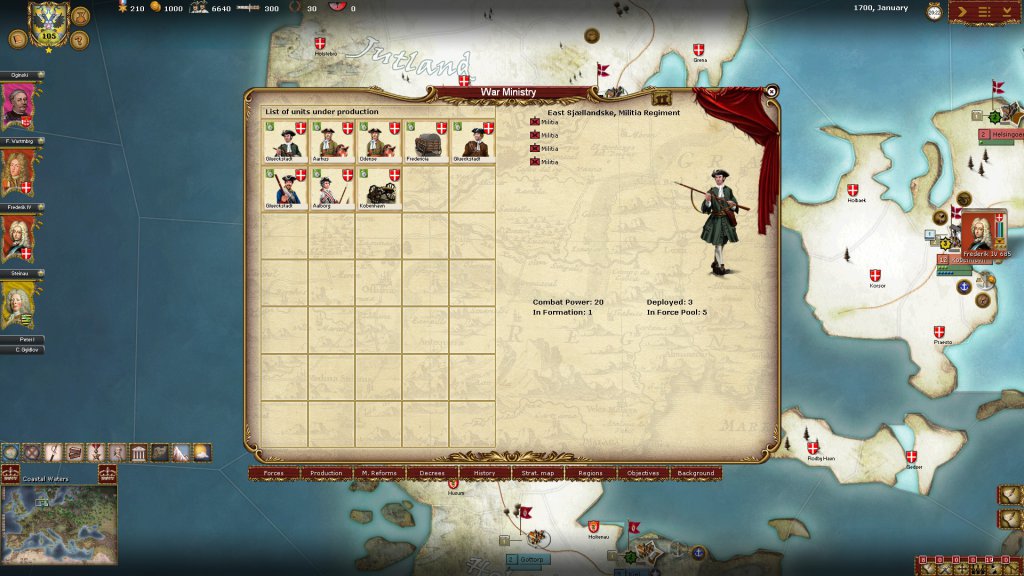
…while this one shows the replacement tab open.
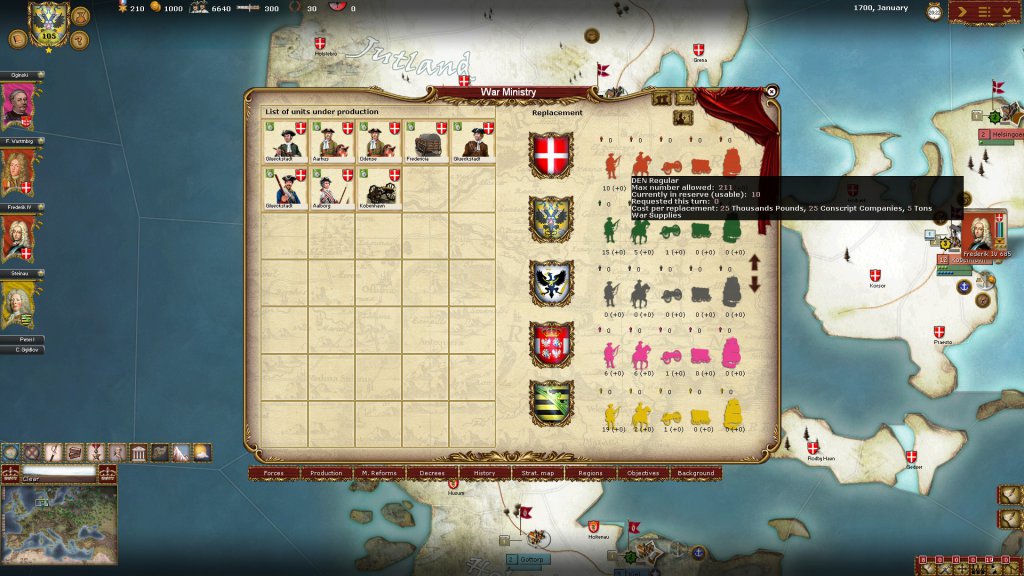
Finally, terrain is probably only second in importance to supply. Like all great wargames, terrain affects the movement of all units. Since your strategies depend upon how many days it takes to arrive at any destination, you need to pay attention to the terrain of all regions.
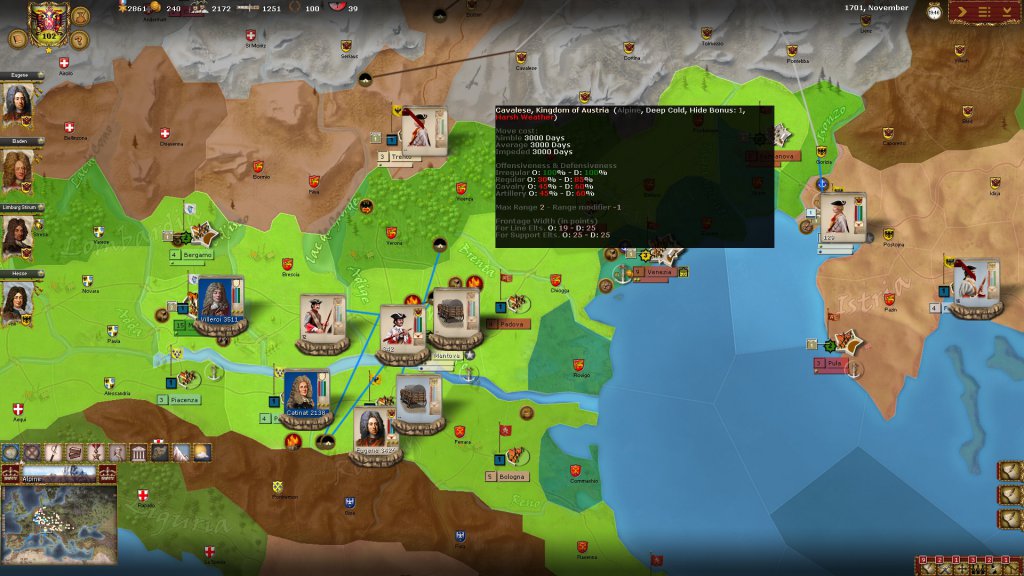
Ultimately, as for the best strategy to use…
Nah, you’ll have to figure all that out on your own. There are messages that appear at the bottom right of the screen, after every turn, to inform you of a multitude of events that just occurred. There are a few facets I didn’t incorporate into this review as well: battle tactics and decision-making, just to name a couple. While they are easily understood, they are also extremely situation-specific. Obviously, you will have to experience the best way to split your generals’ armies for precise situations. How do you make the best of low supplies, morale or funds? Do you unexpectedly attack in harsh weather (and suffer those consequences) or heal and resupply — while the enemy is doing exactly the same thing?
I can definitively attest to the fact that Wars of Succession is already one of my favorite games. Ever. The ease of movement, army structuring and information access makes an exceptionally deep strategy game immediately accessible. AGEod have topped their previous efforts with this one great, historically-based wargame. Since I don’t have to bounce between the two campaigns anymore, I’m going to finish the War of the Spanish Succession. Then it’s back to the Great Northern War. Wish me luck (and intelligence) and I will do the same for you — unless you play as Sweden first, then the Bourbons in the next campaign.
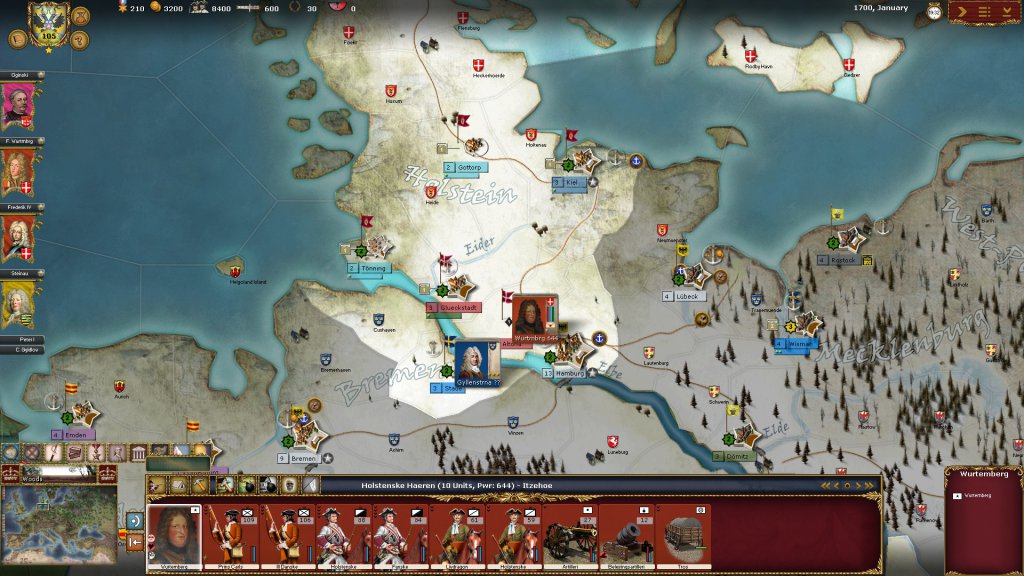
In case you were wondering about the ‘different/uncommon’ wars I alluded to earlier which AGEod has previously covered, some of these great titles are the English Civil War, the Thirty Years’ War, Revolution Under Siege (about The Bolshevik Revolution) and España 1936 (about the Spanish Civil War). Granted, I love games covering the World Wars, the Civil War, the American Revolution, etc. (all of which AGEod has also done), but it’s fantastic for a company to produce wargames that aren’t so expected or ‘normal’.
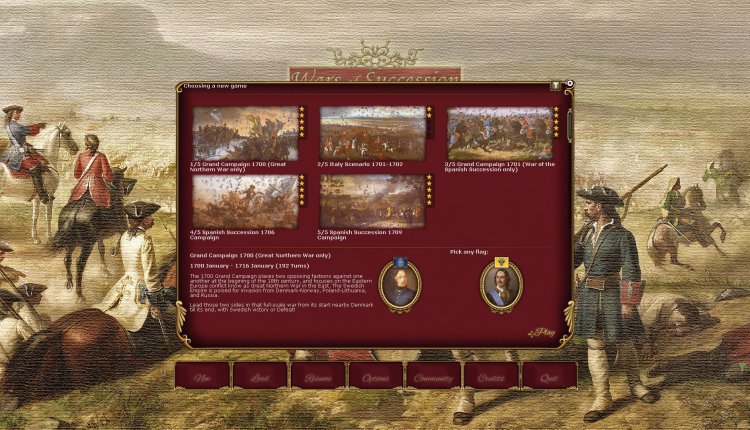
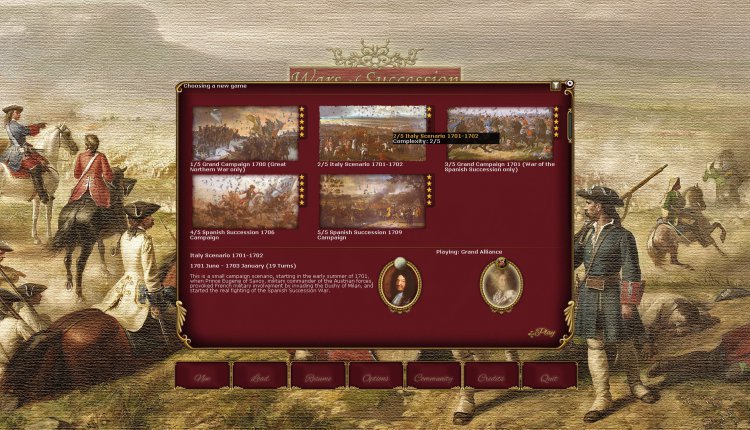
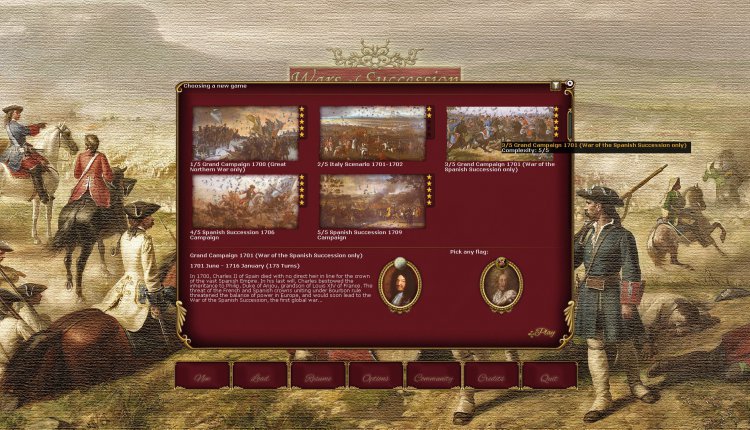
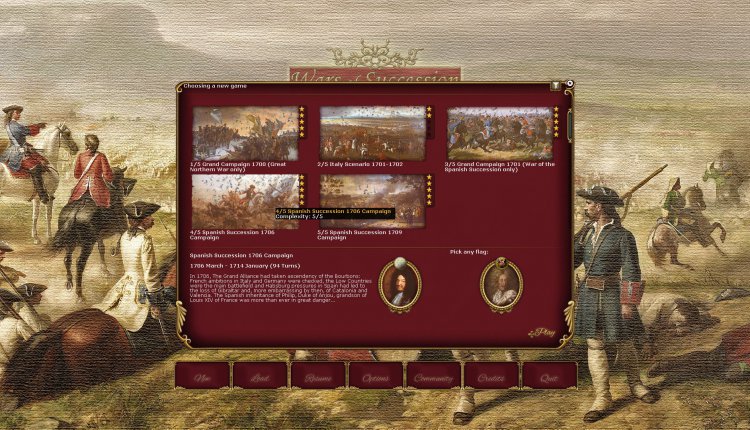
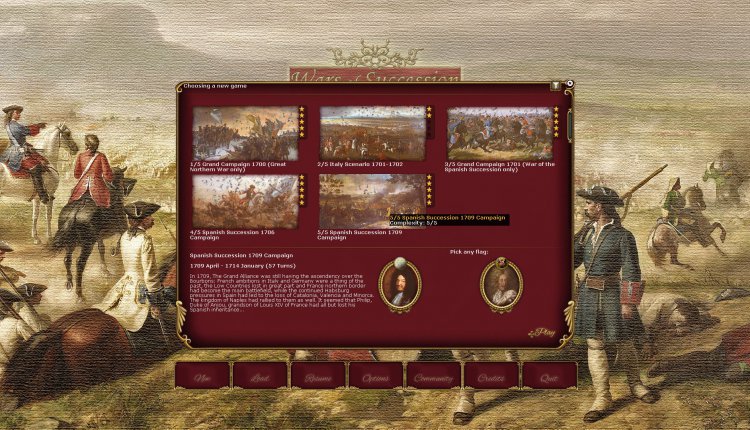
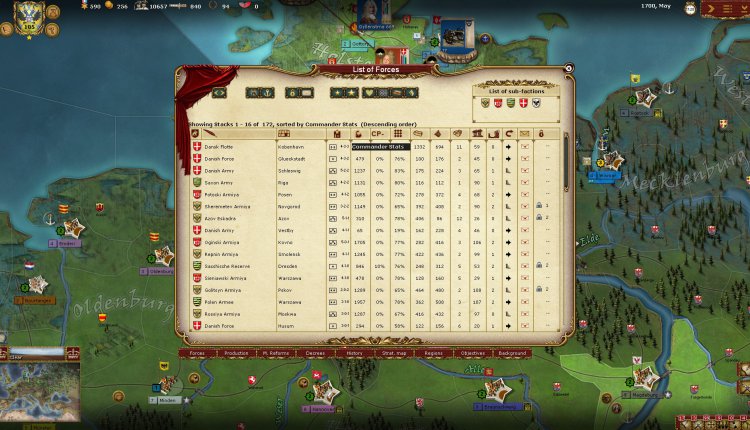
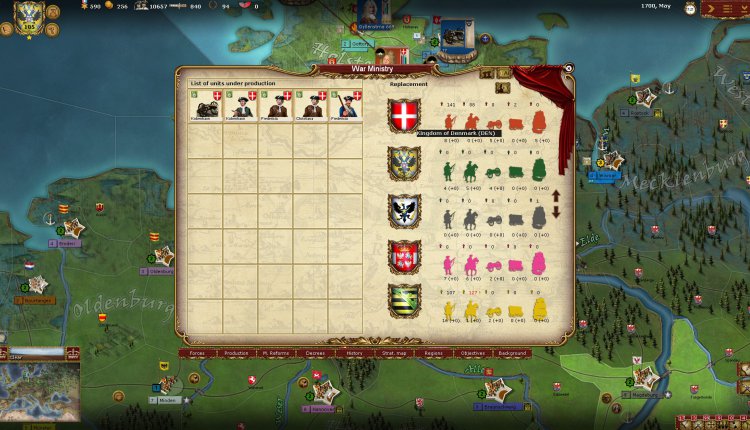
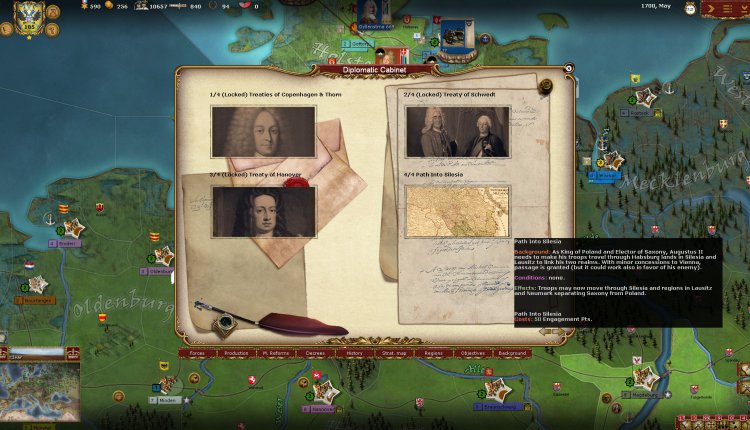
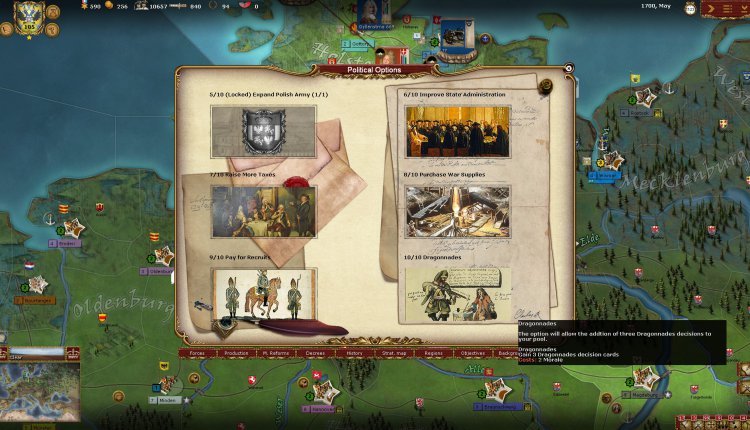
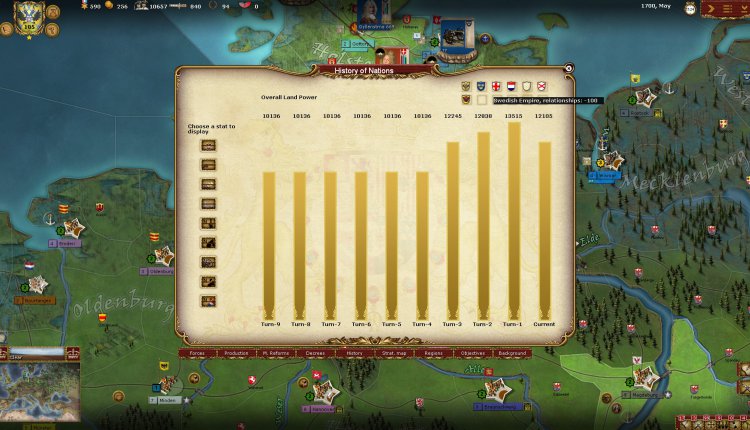
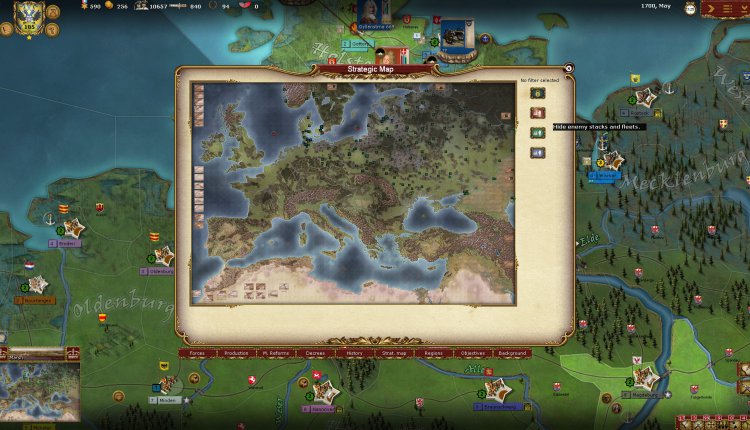
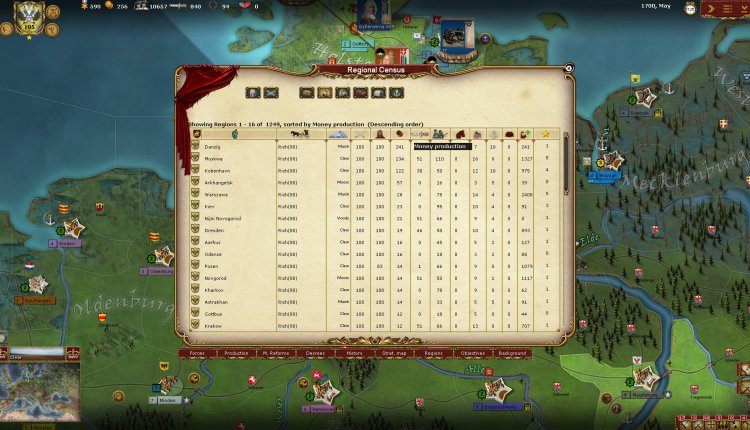
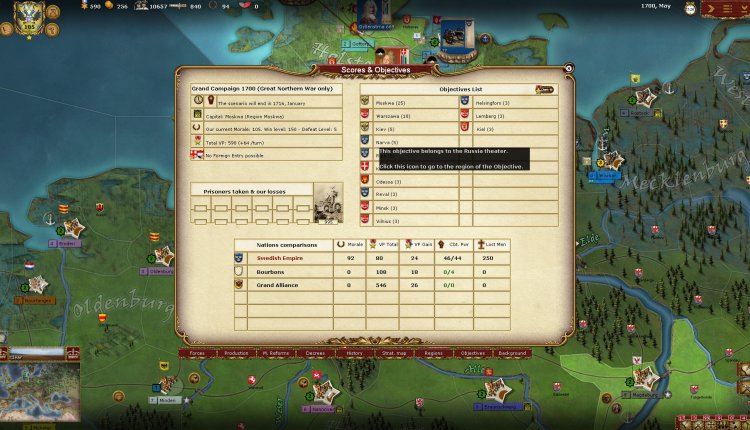
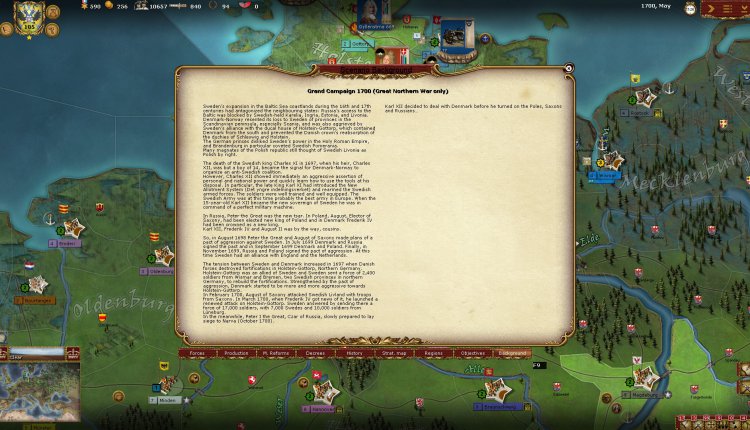
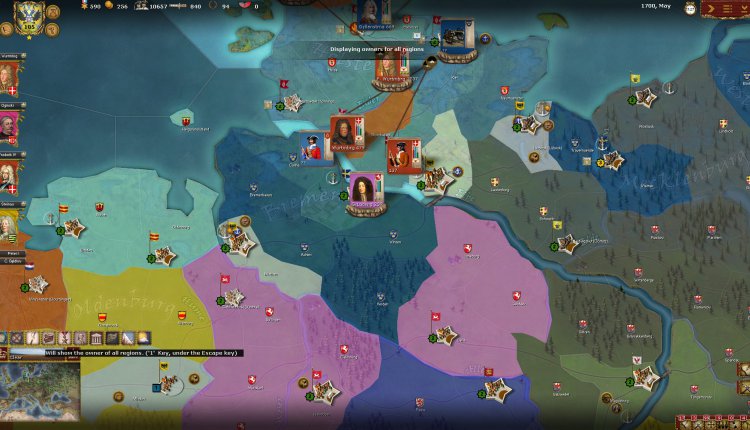
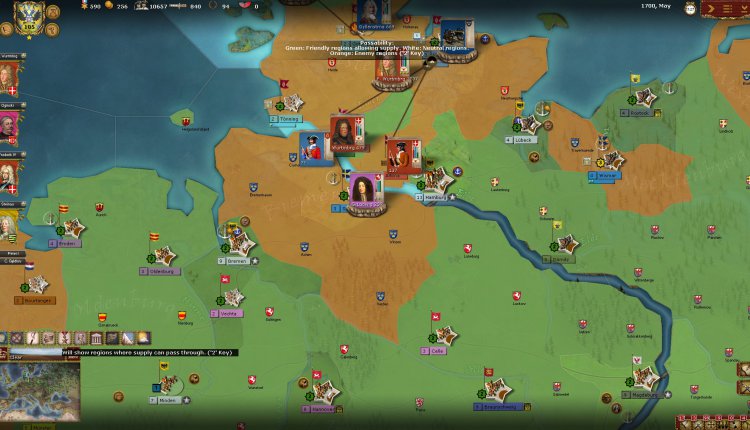
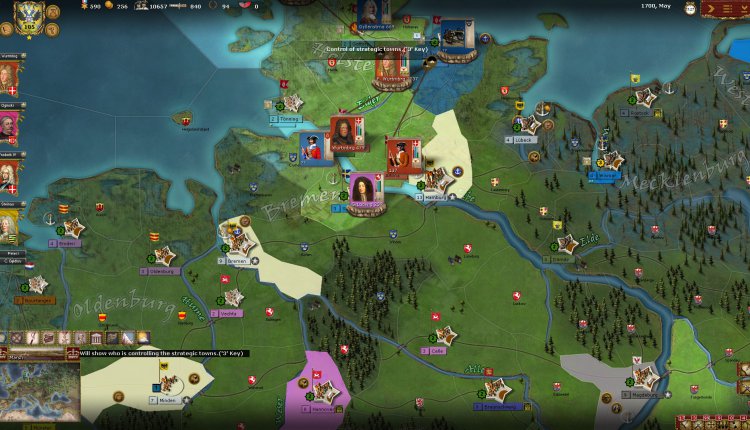
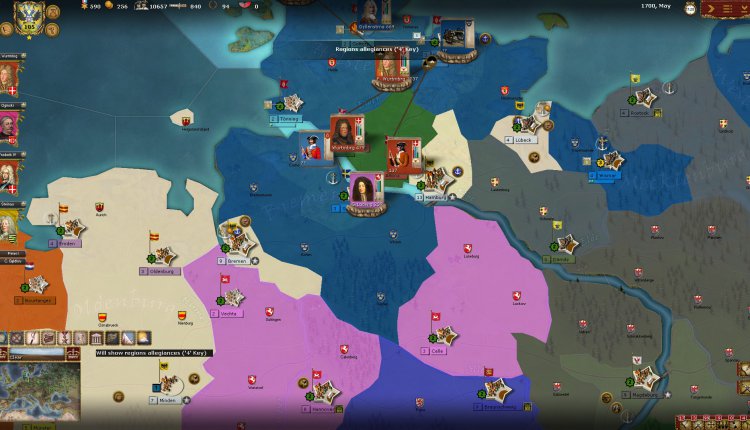
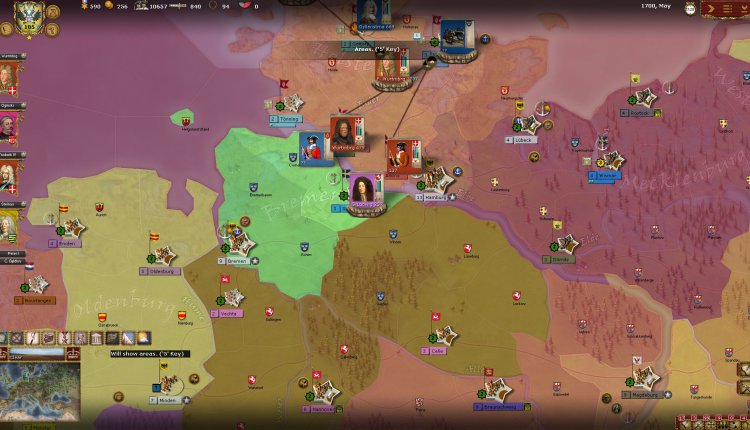
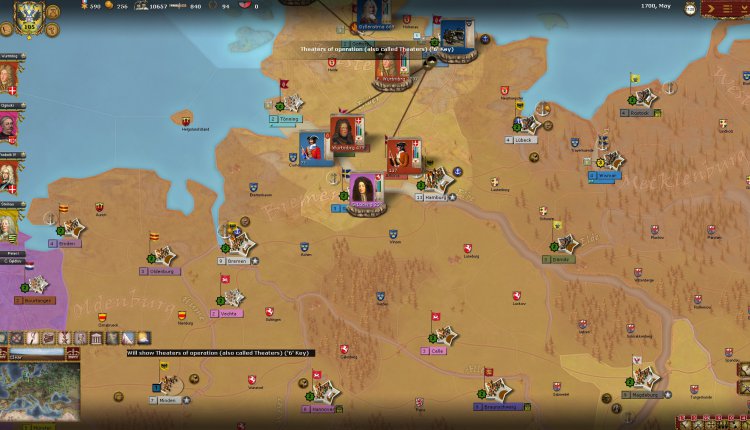
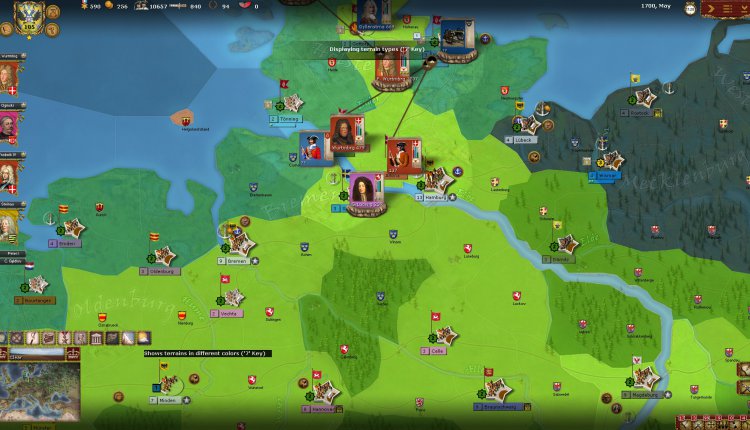
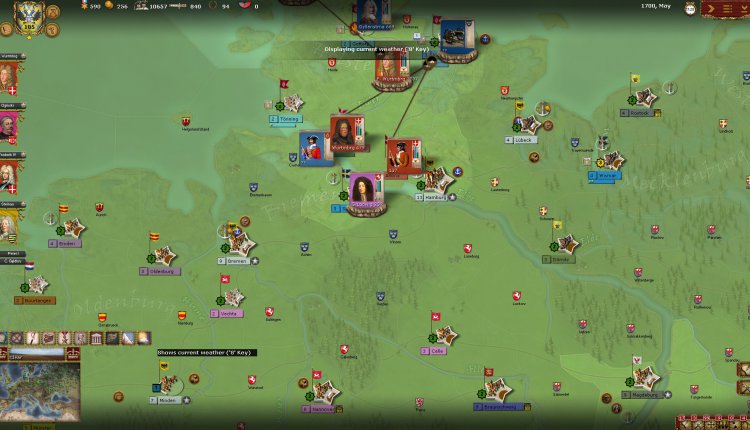
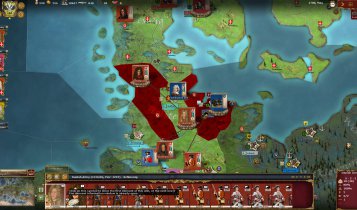
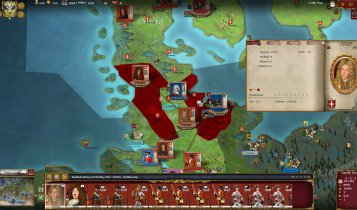
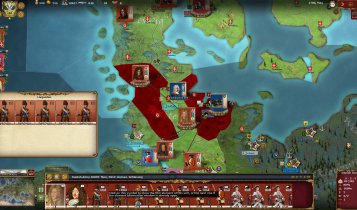
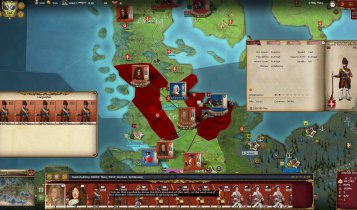
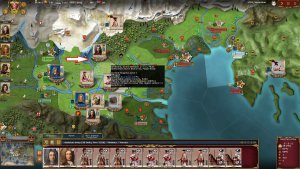
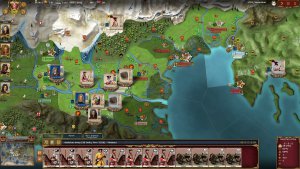
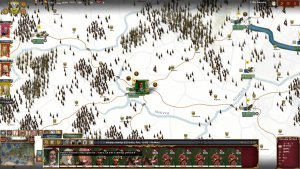
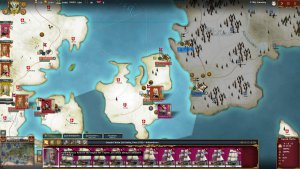
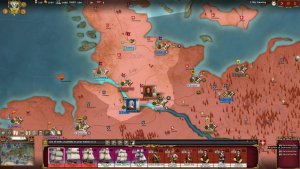
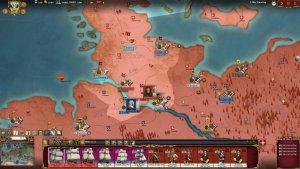
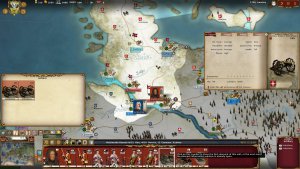
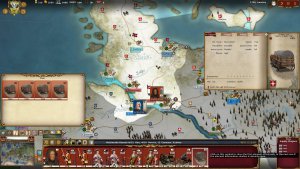
Comments are closed.